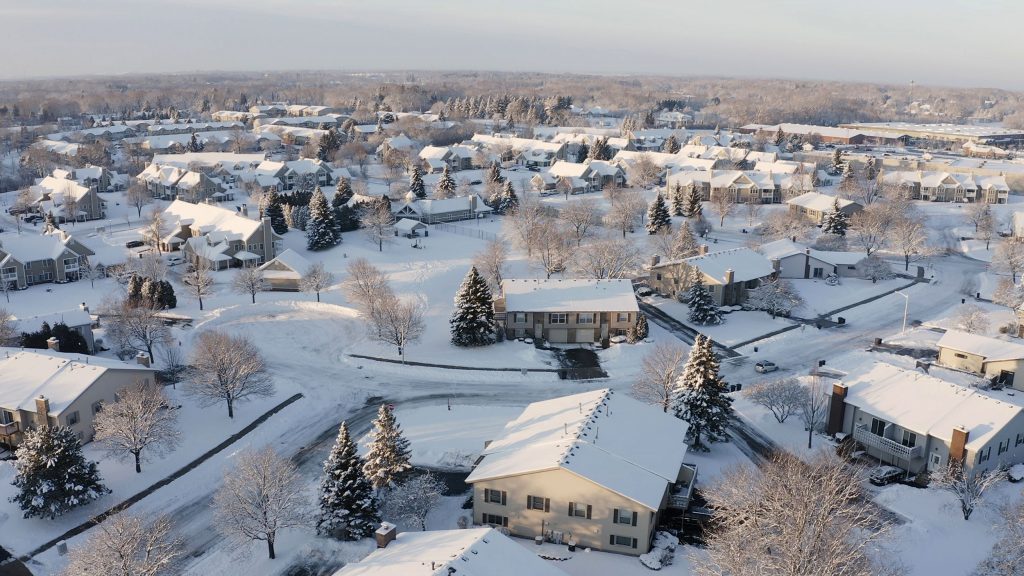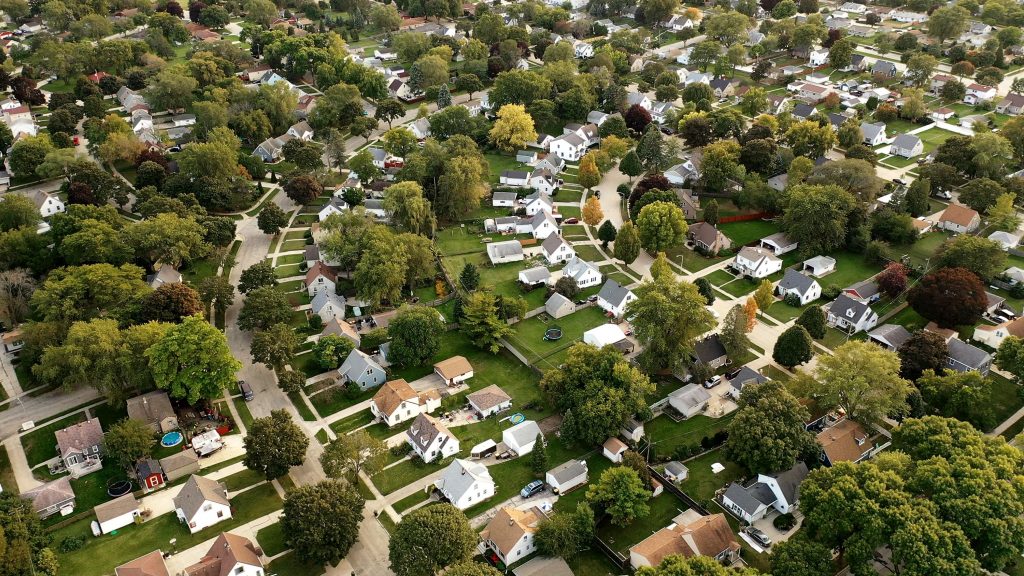Mortgages sound complicated. Especially with a term like ‘conforming’. You might be looking to buy a home. So let’s help you out with some basic and simple understanding of a conforming loan.
Don’t worry. It’s not text-book difficulty level.
What are conforming loans?
Simply put, it’s a mortgage loan that’s meant to satisfy the terms and conditions set forth by Fannie Mae, Freddie Mac, and their regulator, the Federal Housing Finance Agency (FHFA).
Conforming loans have lower interest rates with lower down payment requirements.
What are the pros of a conforming loan?
- Lower interest rates
- Lower down payment requirements
- More common, easier to secure (Fannie Mae and Fredie Mac can sell them on the secondary market)
- Lenders prefer to work with conforming loans (easy for it to be packaged and sold in the secondary mortgage market)
What are the cons of a conforming loan?
- Lower down payment requirements may require private mortgage insurance
- Might not cover the entire cost of the purchase of the home (because it cannot exceed a certain dollar limit)
About the conforming loan limit
Every year, the Federal Housing Finance Agency (FHFA) sets a dollar amount as the upper limit for conforming loans.
Based on the change in average US home price, this yearly limit is the maximum amount that a homebuyer can borrow to buy a home with a conforming loan. For most of the country, there is one consistent limit, called the “baseline limit.”
Then what is a nonconforming loan?
A nonconforming loan is one which exceeds the set conforming loan limit. Since Fannie Mae and Freddie Mac only buy conforming loans to repackage for the secondary market, the demand is much less for a non-conforming loan.
The terms and conditions of a nonconforming loan vary from lender to lender.
Quick note: It also does not meet the conforming standards of any government-sponsored enterprise that traditionally insures conforming loans.
The minimum down payment and the interest rates are pretty high because nonconforming loans are riskier for lenders. There’s more money involved, and they aren’t backed by government sponsored entities.
Tips for applying for a conforming loan
Conforming loans have relatively straightforward criteria for borrowers to follow. High credit scores, a large down payment, and low debt-to-income ratio are all required to qualify for a conforming loan.
If you’re weaker in one area, focus on another to strengthen. For example, if you don’t have a credit score above 660, focus on saving enough for a larger down payment. If you only have enough saved up for a smaller down payment, do whatever you can to boost your credit score.
Conforming loan guidelines
One of the most important guidelines is the conforming loan limit—the maximum amount of money that a homebuyer can borrow as a conforming loan. Other guidelines that affect whether a conventional loan is right for a particular homebuyer include requirements for minimum down payment, debt-to-income ratio, and credit score.
Well, hopefully that’s been simple enough to get you through!
While you’re dabbling at different financial options to buy your home or to move into a new home, check out the financial suite that Flyhomes offers.
You can also sign up with Flyhomes and talk to an expert who’ll guide you through all your doubts!











